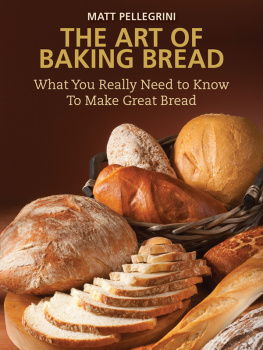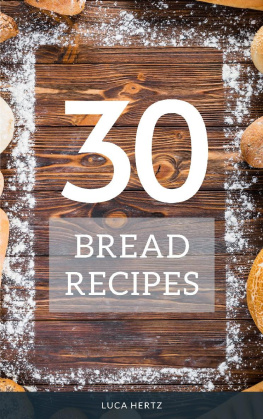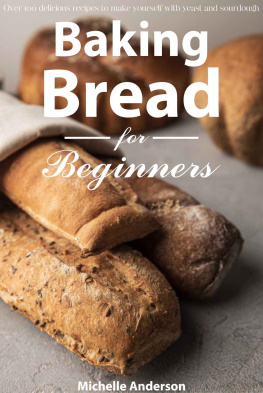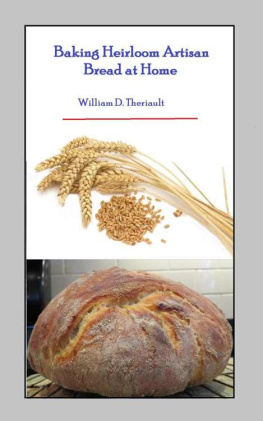THE ART OF
Baking Bread
THE ART OF
Baking Bread
What You Really Need to Know to Make Great Bread
BY
Matt Pellegrini

Skyhorse Publishing
Copyright 2012 by Matthew A. Pellegrini
All Rights Reserved. No part of this book may be reproduced in any manner without the express written consent of the publisher, except in the case of brief excerpts in critical reviews or articles. All inquiries should be addressed to Skyhorse Publishing, 307 West 36th Street, 11th Floor, New York, NY 10018.
Skyhorse Publishing books may be purchased in bulk at special discounts for sales promotion, corporate gifts, fund-raising, or educational purposes. Special editions can also be created to specifications. For details, contact the Special Sales Department, Skyhorse Publishing, 307 West 36th Street, 11th Floor, New York, NY 10018 or .
Skyhorse and Skyhorse Publishing are registered trademarks of Skyhorse Publishing, Inc., a Delaware corporation.
Visit our website at www.skyhorsepublishing.com.
10 9 8 7 6 5 4 3 2 1
Library of Congress Cataloging-in-Publication Data is available on file.
ISBN: 978-1-61608-537-7
Printed in China
T o my bread tasters:
Mom, Andy, Jill, Mary, Sally,
Dan, Brandy, Ally, Appie, and
Momo (as long as the bread had butter on it).
I hope it wasnt too much trouble.

CONTENTS

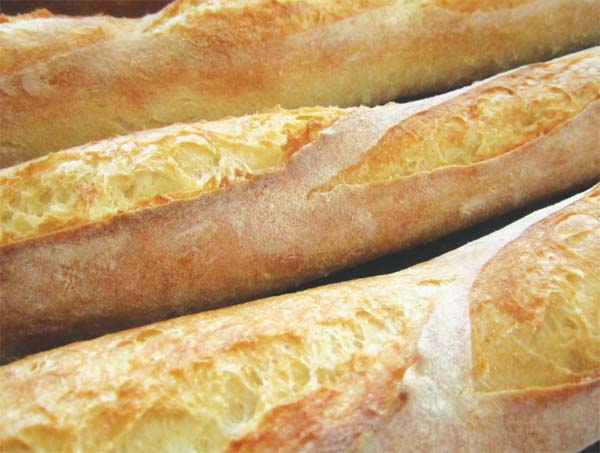
T he goal of this book is simple: I want everyone with the desire to bake bread to be able to read the instructions contained within and create a bakery-quality loaf of bread on your first tryno matter if this is the first or fiftieth attempt at doing so. I fully appreciate the monumental challenge inherent in this objective; however, at the same time, I recognize that this goal is wholly achievable so long as one key ingredient is present: detailed, step-by-step instructions with plenty of photos that describe and depict not only what to do but what you should be thinking about, anticipating, smelling, feeling, and ultimately, tasting as you bake great bread.
My conviction for creating this book arose because of what I encountered during my pursuit to create the best of the best pain di mie, baguettes, ciabatta, focaccia, brioche, and challah, along with many others varieties of bread. I had read the classics, which are nothing less than an absolute necessity for any baker aspiring to advance her skills. But aside from that, those same books are almost universally geared toward individuals with an already existing base of knowledge. And all too often the descriptions and instructions, along with a general lack of photos and other visuals that make life for the beginner easier, left out certain steps or explanations that play an enormous role in the baking process for the beginner. For the new student, these often overlooked and underdiscussed steps are, in fact, some of the most important to a complete understanding of the topic or discipline at hand.
As a result, I was forced to continuously refer to many books at once and scour the Internet to find out exactly what the authors meant or try to figure out what the authors omitted from their text. In the end, I was able to piece together the puzzle to create bakery-quality bread in my home, but not without a great number of overproofed, underbaked, and flat-out disastrous loaves, which necessarily included more than a healthy dose of frustration and disappointmentand to be completely honest, some not-so-repressed hostility toward the so-called experts.
But as with many things in life, out of tragedy comes triumph. And so blossomed the idea for this bookmuch like a perfectly prepared boule springs up in the oven during its first few minutes of baking, expanding to its full, magnificent capacity, bringing to life the bakers signature score. My intent is to demonstrate in one single book what youll need to know to make and master great bread now, without having to play musical books with whats already been written. Then once you digest all of this, youll be able to utilize books from the great bakers, taking full advantage of their expertise and foresight in advancing bread baking and moving your bread baking to the next spectacular level.
And by the time your first loaf has completely cooled on the rack and you take that first bite, you will no doubt experience a state of bread-induced nirvana that, if youre anything like me, will become contagious. I must warn you though, as there is one downside to all of this: Youll need to find a steady group of family, friends, or even strangers to help you eat all the bread youll produce, because I can guarantee that you wont be able to stop after creating just one impeccable loaf.
With that in mind, I wish you many smiles, endless clouds of flour in the air, and crispy crusts galore as you venture forth on your journey of creating world-class bread whenever you want, wherever you want.
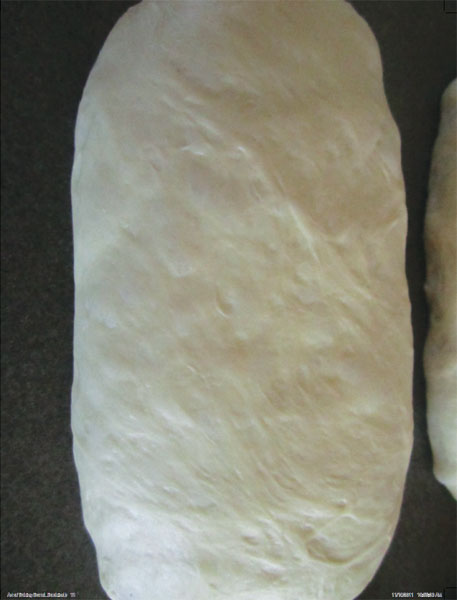
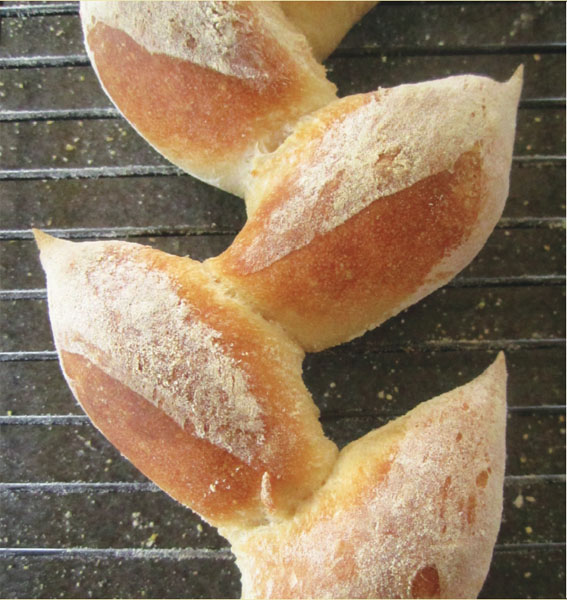
WHEN I FIRST BEGAN BAKING BREAD, ID quickly look at the ingredients and make a list in my head of the tools Id likely need, then jump right into mixing without much thought for what the ingredients did or how the equipment helpedor hurtthe bread baking process. I had no idea that the ingredients and equipment made a difference in the end result, and more to my surprise, none of the cookbooks I was using said all that much about them either. It wasnt until I opened a cookbook on professional baking that I realized my mistake. It didnt take more than a few minutes of flipping through the pages to realize just how important and scientifically technicalusing the right ingredients and equipment are to the bread-baking process. I learned in rapid fashion that in the world of baking, knowledge truly is power.
The fact of the matter is that the right ingredients and equipment are the building blocks upon which every other instruction in this bookand all books, for that matterare based. I cannot overstate the importance of understanding the nature of the ingredients and tools that are part and parcel of the baking process. If you follow in my footsteps, theres no doubt youll have more than a few of those a-ha moments as you delve into this world.
Flour
Like me, you might have once thought, or continue to think, that flour is flour, and thats that. This flawed thinking could not be farther from the truth. Flour is a science unto itself, and the sooner you come to terms with that as a baker, the closer you will be to producing bakery quality bread on your first attempt.
Although flour can come from many sources, such as rice and potatoes, we will be concentrating our discussion on wheat flour, mainly because it serves as the basis for the vast majority of the centuries-old recipes that were all so familiar withfrom baguettes to brioche.

